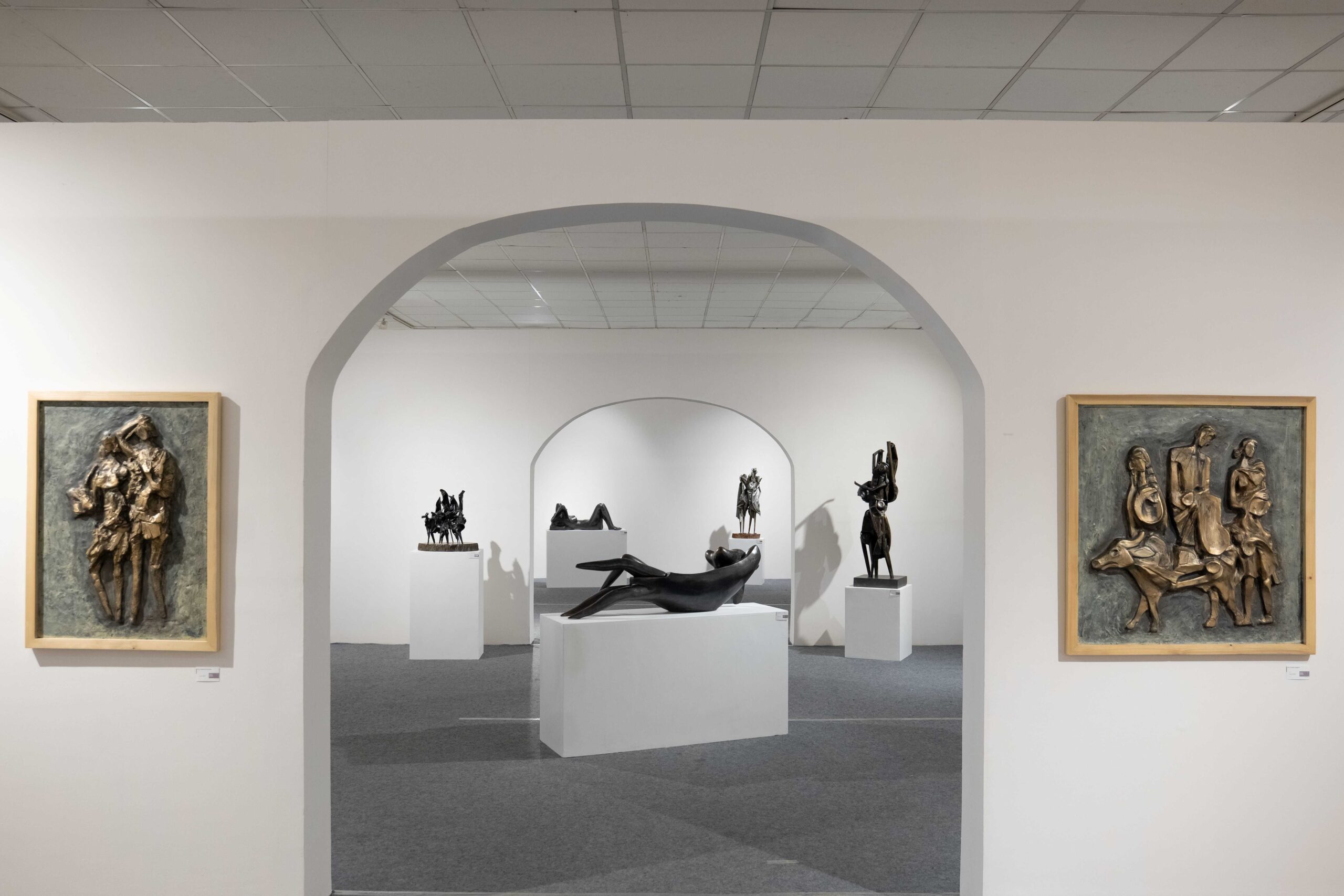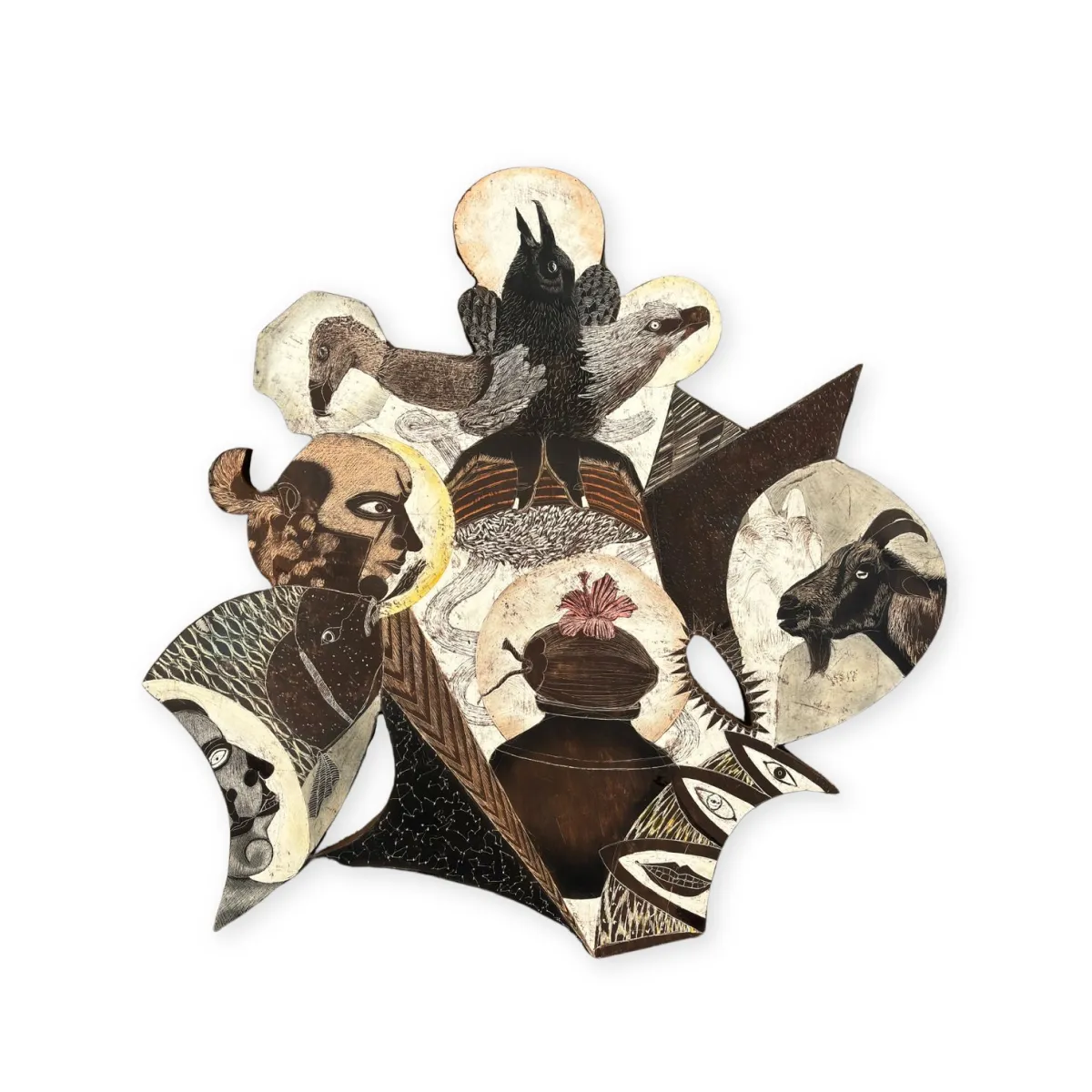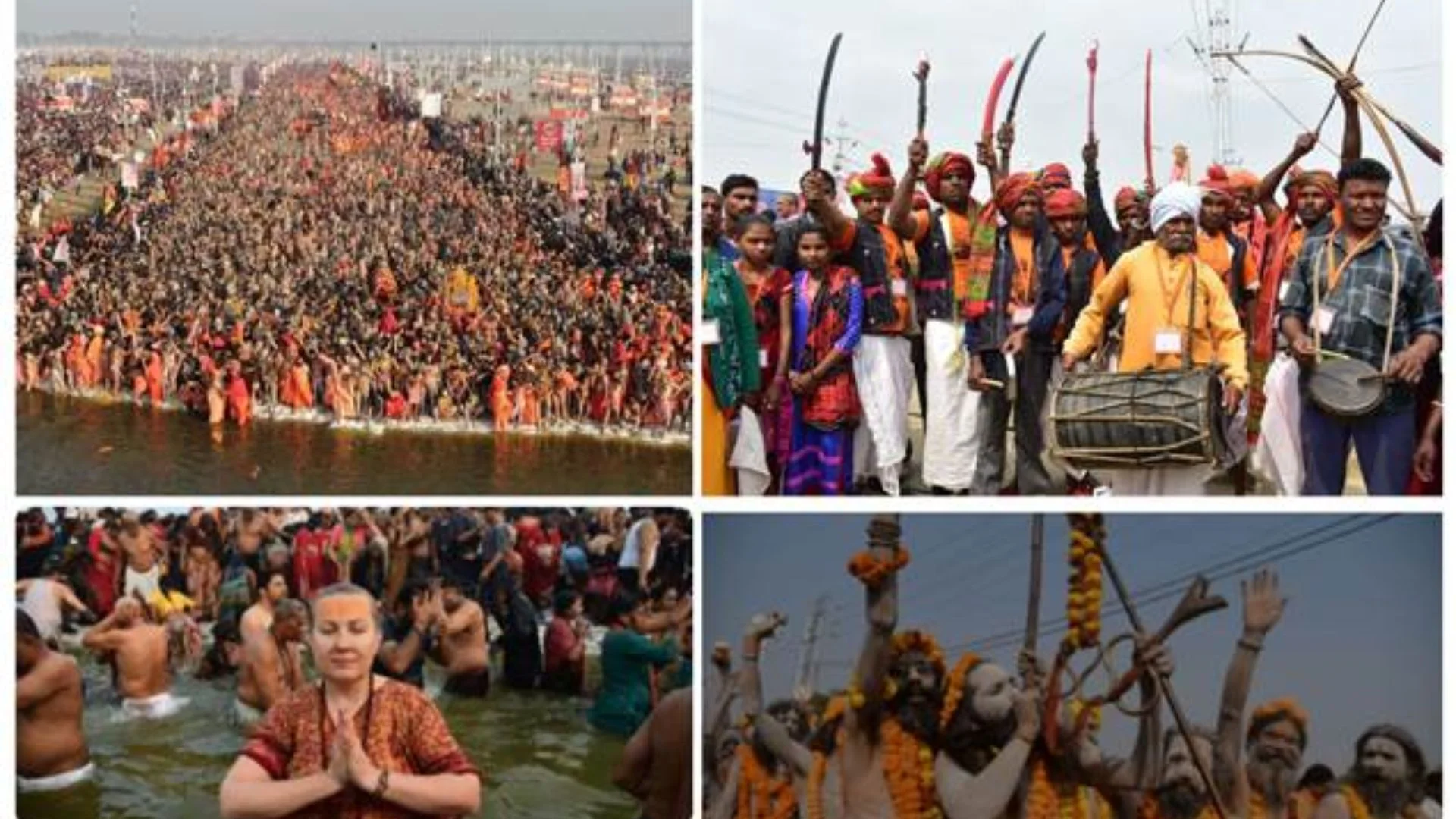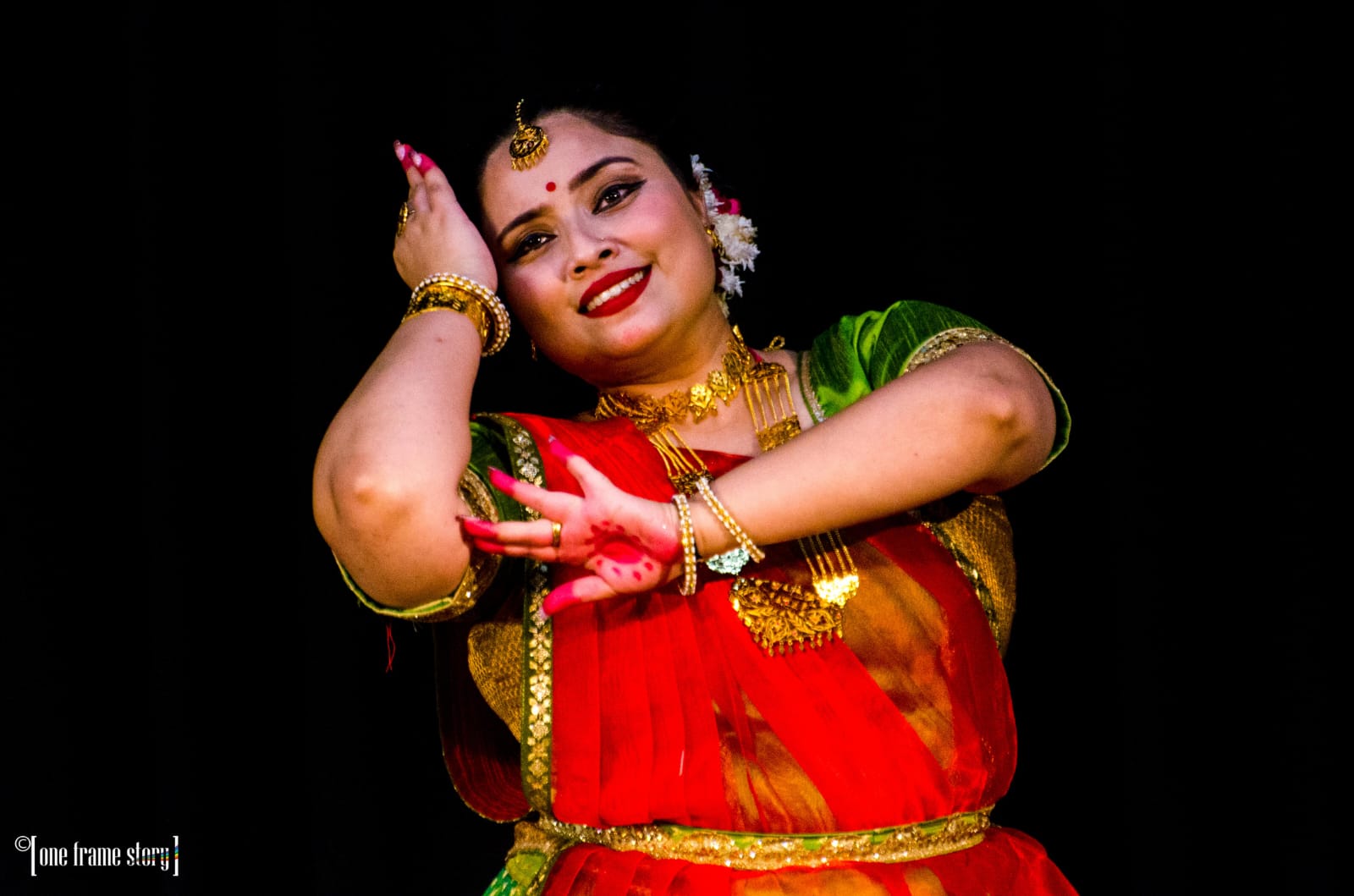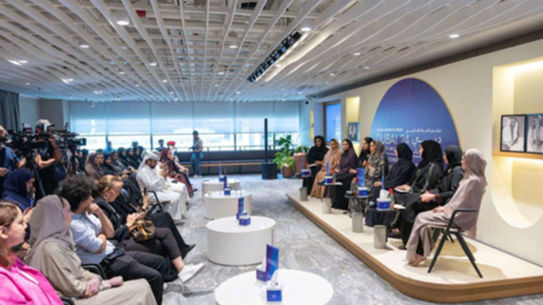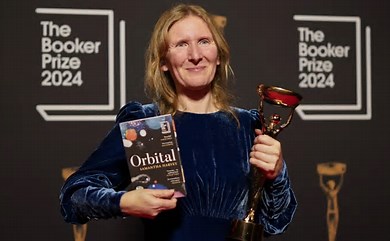‘Shapes of Memories’, an exhibition celebrating the life and works of celebrated modern artist and sculpting legend Late Bal Krishan Guru set on public showcase at Bikaner House, New Delhi. Curated by Georgina Maddox, the exhibition was inaugurated by Alphonsus Stoelinga, Former Ambassador of the Netherlands to India.
The show vowed to be a journey through the stunning sculptures of Bal Krishan Guru, and threw light to the mediums, styles and themes taken on by Bal Krishan Guru, a sculptor who was an unsung hero of his time. Organised by his wife Pushpa Guru, who still survives him, the show was a posthumous attempt to reclaim some of the memories and bring exposure to his work.
She recalls that since her husband Bal Krishan Guru was a migrant from Lahore, and settled in India post-partition hence beginning his journey almost from scratch. Tirelessly and quietly devoting his days to art, he quickly began to be referred to as a Guru of his craft of casting bronze sculpture in the foundry and so he adopted the name as part of his identity. Over the course of his life and career in art, Guru received national scholarships as well as recognitions such as the National Award- Lalit Kala Akademi (1963), and President of India Award (1964). His works can be found in collections in India and abroad.
According to Georgina Maddox, the curator of Exhibition “Shapes of Memories”, “a trip to his studio in Central Delhi would reveal a vast collection of work that started with large naturalistic sculptures to highly stylized forms that are moving towards a more abstract, linear expression. His son Pankaj Guru is also an artist and he trained under his father, and at the Delhi College of Art.”
Despite a sudden demise in 15 Sep 2022, Guru left behind an intellectual and artistic inheritance. Like many artists of his time, his works reflect the concerns and preoccupations of the times. The important thing to note is that Guru learned and then moved beyond the realist style that was being taught at the British-led art schools in the early 20th century.
Guru drew from the influences of Auguste Rodin, Ramkinkar Baij and Somenath Hore, and carved out his own style where he utilized a variety of techniques to create new relationships between material, theme and form, hinged between the Indian traditional sculpture and the eclectic Modern and Contemporary sculpture.
During the week-long show, on view were a multiplicity of sculptures, including one “Rhythm of Togetherness” a bronze sculpture that depicts dancing together in perfect harmony. The sculpture captures the essence of the rhythm of togetherness, celebrating the beauty of movement and the power of harmony. A powerful bronze abstract sculpture titled Womb speaks to the profound experience of motherhood and the complex interplay between creation, birth, and nurturing.

